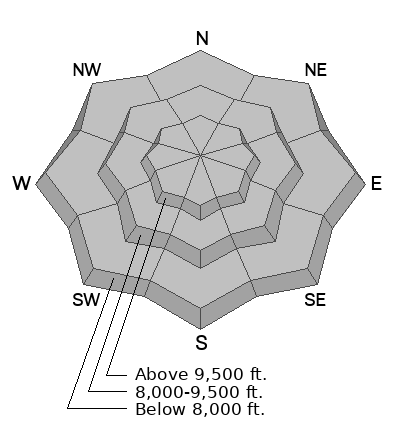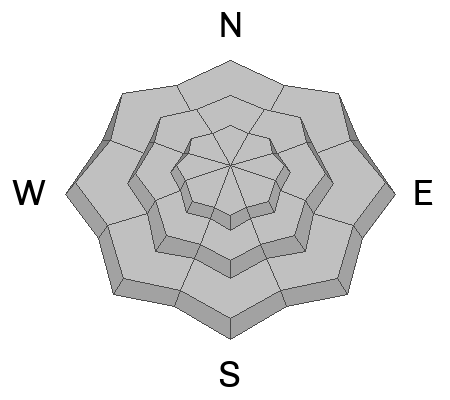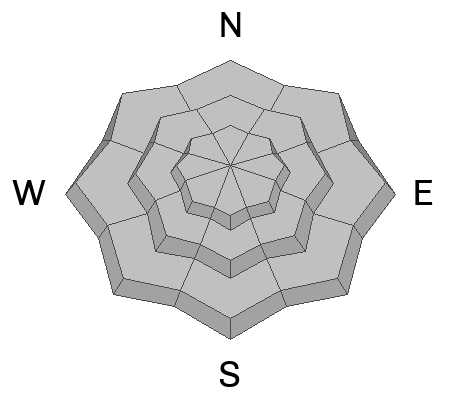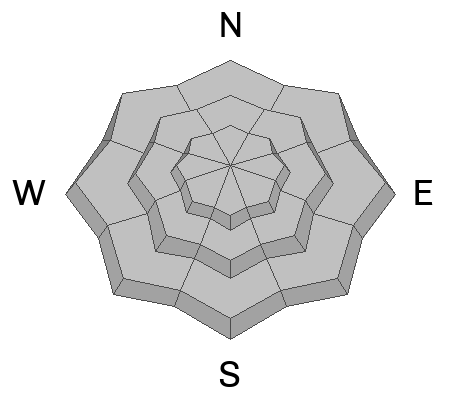When cold, dry snow becomes wet for the first time, you may see wet sluffs (loose snow that fans outward as it descends).
Larger wet slab avalanches can happen when melt water percolates through a layered, winter snowpack for the first time especially after multiple days of strong melting combined with no refreeze at night.
Wet avalanches usually don't last forever because over time, days or weeks of percolating meltwater, all the layers in the snow disappear, and the snow becomes homogeneous and dense, turning into a stable summer-like snowpack. Typically, this cycle of instability maturing into stability occurs first on the south-facing slopes in early spring, then progresses to the east and west-facing slopes in mid-spring, and finally, by late spring, the upper elevation north facing slopes go through a wet avalanche cycle.
Glide avalanches occur regularly in spring as the entire snowpack slides slowly on the ground like a glacier until they suddenly release into a full-depth avalanche. These occur periodically on steep rock slabs and occasionally on steep grassy slopes. Notorious glide avalanche locations include Stairs Gulch or the rock slabs in Broads Fork, which you should always avoid in spring. Avoid crossing under any slopes with telltale glide cracks in the snowpack. Remember, they come down randomly, even at night.
The bottom line for wet avalanches:
Get out early and get home early. Get off of--and out from underneath--any slope approaching 35 degrees or steeper when the snow becomes wet enough not to support your weight. Warning signs may include:
- Rollerballs (pinwheels) in new snow that is getting wet for the first time
- Natural or human triggered wet sluffs
- Small sluffs fanning out into larger slides or running long distances
- Cornices breaking off
- Several days of strong melting combined with no refreeze at night











